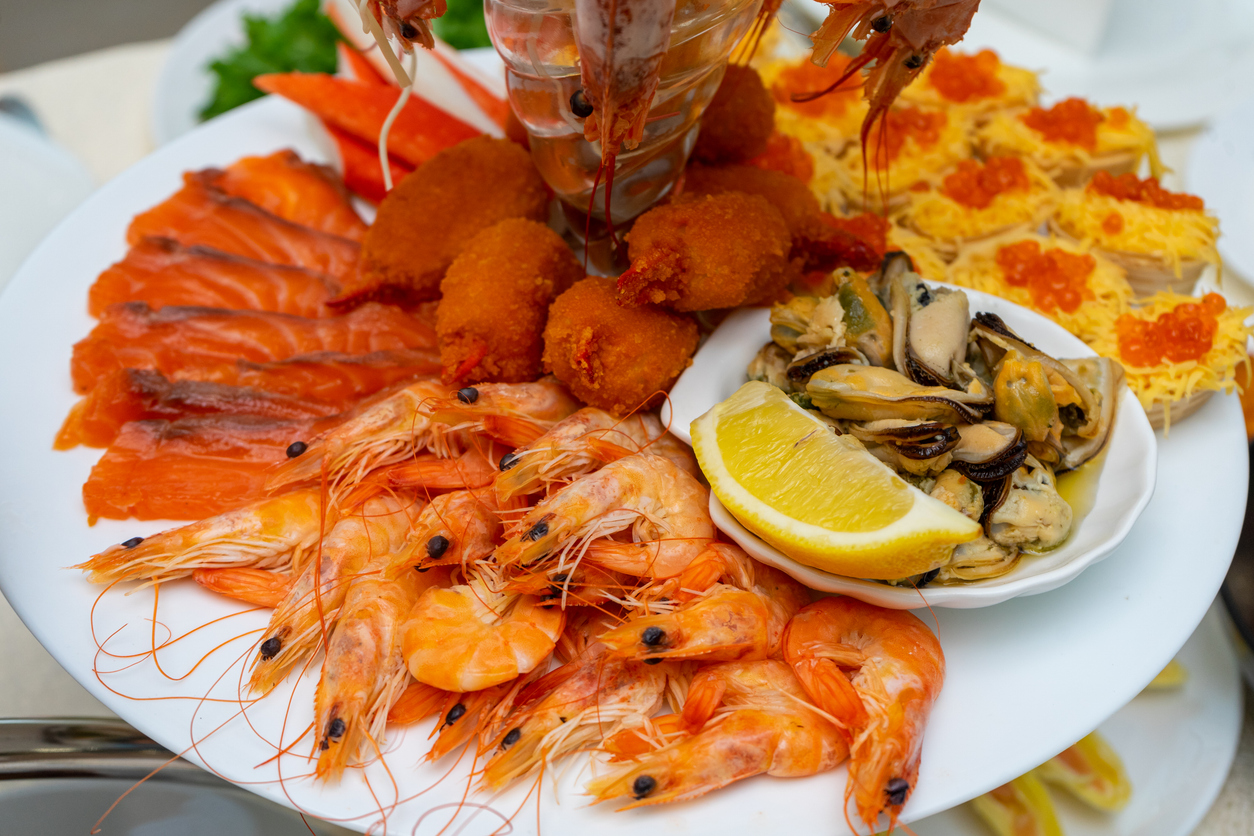Business Process Reengineering: Transforming Operations for Maximum Efficiency
In today’s rapidly changing business environment, companies must constantly adapt to stay competitive. Business Process Reengineering (BPR) is a strategic approach that organizations use to rethink and redesign their processes to achieve significant improvements in critical performance measures, such as cost, quality, service, and speed. This article delves into the concept of BPR, its benefits, key steps involved, and how it can be implemented to transform your business operations.
What is Business Process Reengineering?
Business Process Reengineering (BPR) is the practice of rethinking and redesigning the way work is done within an organization to better support the company’s mission and reduce costs. The goal of BPR is to overhaul the company’s processes to improve efficiency, reduce redundancies, and enhance overall performance. It often involves starting from scratch—reimagining how processes could be designed if they were being set up for the first time without existing constraints.
Key Principles of BPR:
- Focus on Processes, Not Tasks: BPR involves looking at the entire process from start to finish, rather than optimizing individual tasks within a process.
- Cross-Functional Teams: It typically requires collaboration across different departments to break down silos and encourage a more holistic approach.
- Use of Technology: Leveraging modern technology is crucial in BPR to automate processes and facilitate communication and information flow.
Benefits of Business Process Reengineering
1. Significant Cost Reduction
- Elimination of Redundancies: By reengineering processes, companies can eliminate unnecessary steps, reduce waste, and streamline operations, leading to significant cost savings.
- Improved Resource Utilization: BPR helps in better allocation of resources, ensuring that time, money, and human resources are used more efficiently.
2. Enhanced Customer Satisfaction
- Faster Service Delivery: Redesigning processes often leads to faster turnaround times, improving customer satisfaction by reducing wait times and enhancing service quality.
- Customized Solutions: BPR can help businesses offer more tailored products or services by enabling more flexible and responsive processes.
3. Increased Efficiency and Productivity
- Automation and Technology Integration: By integrating modern technology, BPR can automate routine tasks, allowing employees to focus on higher-value activities.
- Streamlined Workflows: Reengineering leads to more streamlined workflows, reducing bottlenecks and improving overall productivity.
4. Improved Quality and Compliance
- Consistency and Standardization: BPR often leads to more standardized processes, ensuring consistent output quality and easier compliance with regulations.
- Enhanced Monitoring and Control: Redesigning processes often includes implementing better control mechanisms, leading to improved oversight and quality control.
Steps to Implement Business Process Reengineering
1. Identify Processes for Redesign
- Critical Processes: Start by identifying processes that are critical to the business’s success or those that are underperforming.
- Customer-Facing Processes: Consider focusing on processes that directly impact the customer experience, as improvements here can lead to increased satisfaction and loyalty.
2. Analyze Existing Processes
- Process Mapping: Use tools like flowcharts or process maps to visualize the current state of the processes. This helps in identifying inefficiencies, bottlenecks, and redundancies.
- Performance Metrics: Gather data on current process performance, including costs, cycle times, and error rates, to establish a baseline for improvement.
3. Redesign the Process
- Think Innovatively: Approach the redesign with a fresh perspective, considering how the process would be designed if starting from scratch.
- Leverage Technology: Consider how modern technologies such as automation, artificial intelligence, and cloud computing can be integrated into the redesigned process to enhance efficiency.
4. Implement the New Process
- Pilot Testing: Before a full rollout, conduct pilot tests of the new process to identify potential issues and make adjustments.
- Training and Change Management: Provide comprehensive training for employees and implement a change management strategy to ensure smooth adoption of the new process.
5. Monitor and Optimize
- Continuous Improvement: After implementation, continuously monitor the performance of the new process and make iterative improvements as needed.
- Feedback Loops: Establish feedback mechanisms to gather input from employees and customers, helping to refine and optimize the process over time.
Challenges in Business Process Reengineering
While BPR offers significant benefits, it also presents several challenges:
1. Resistance to Change
- Cultural Resistance: Employees may resist changes due to fear of the unknown or discomfort with new processes. Effective change management and clear communication are essential to overcome this.
- Loss of Jobs: BPR can lead to job redundancies, which can create resistance among employees. It’s important to manage this aspect sensitively.
2. High Costs and Resources
- Initial Investment: The redesign and implementation phases can require significant investment in terms of time, money, and resources.
- Complexity of Implementation: BPR often involves complex changes across multiple departments, making implementation a challenging and resource-intensive process.
3. Risk of Failure
- Poor Execution: Without proper planning and execution, BPR initiatives can fail to deliver the expected benefits, leading to wasted resources and lost opportunities.
- Over-Reliance on Technology: While technology is a key enabler of BPR, an over-reliance on it without considering the human and cultural aspects can lead to failures.
Conclusion
Business Process Reengineering is a powerful strategy for organizations looking to achieve significant improvements in their operations. By rethinking and redesigning processes from the ground up, companies can reduce costs, improve efficiency, enhance customer satisfaction, and position themselves for long-term success.
At Wigmore Trading, we understand the complexities of BPR and offer expert consultancy services to help businesses navigate the challenges of reengineering their processes. Our approach is tailored to meet the unique needs of each client, ensuring that your BPR initiatives deliver measurable results.
Get in Touch:
Interested in transforming your business operations? Contact Wigmore Trading today to learn more about our business process reengineering services. Visit our website, email, or call us to find out how we can help you achieve your goals.








Comments are closed.